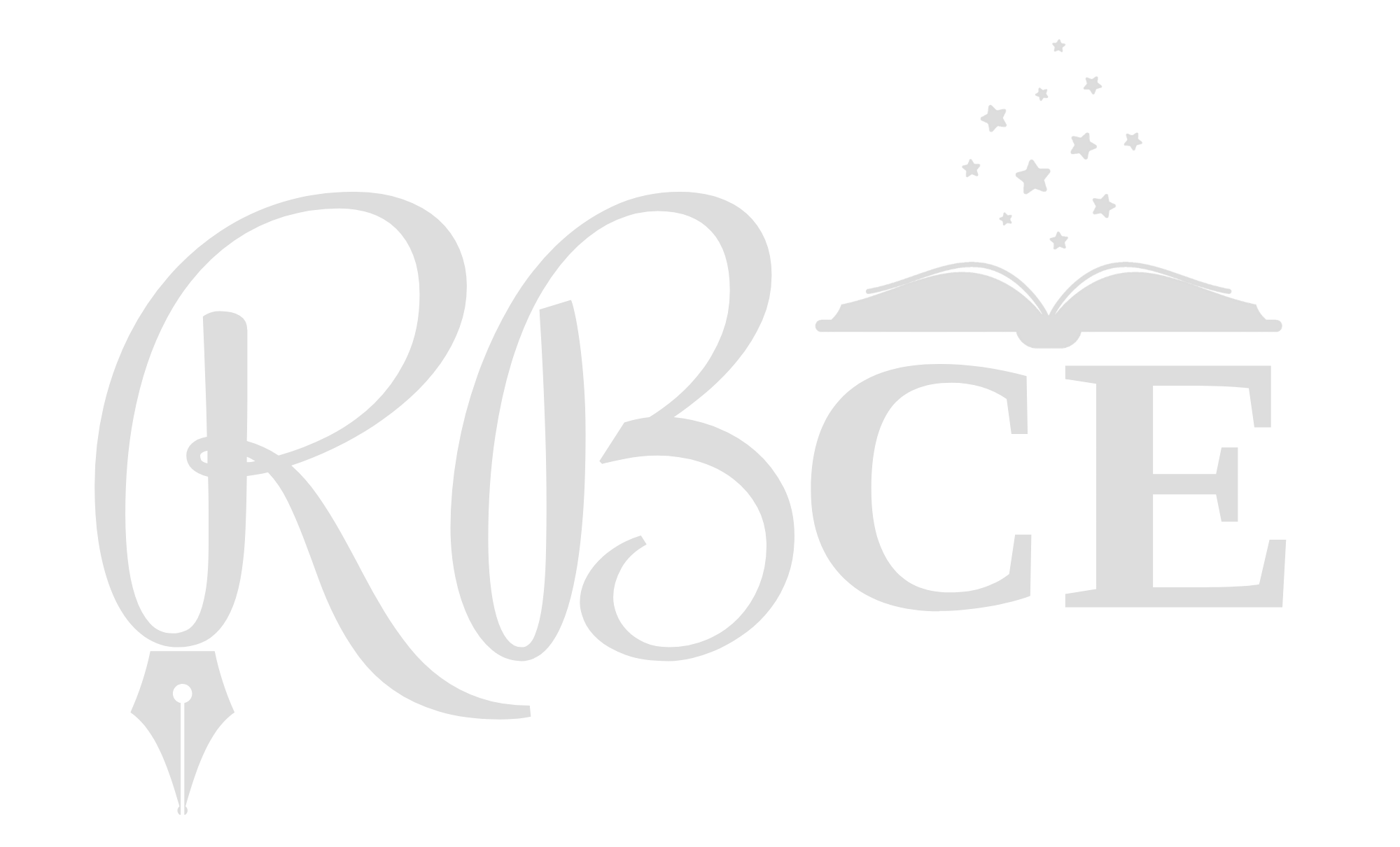Creating Fantasy Naming Systems
If you have ever attempted to create your own fantasy naming system, you know Shakespeare is right: “A rose by any other name would smell as sweet.” Name your cool floating city anything and it will be just as cool and just as floating.
However, “O Rixxomth’o’eio, Rixxomth’o’eio, wherefore art thou Rixxomth’o’eio?” does not quite have the same ring to it. In fact, with a name like that you might just want to deny thy father and refuse thy name.
Names firmly ground us in the place and time of a world. Fantasy writers have both the joy and challenge of developing an entirely new world with unique proper nouns. This can go wonderfully right, and decades later people still discuss your genius. Think J. R. R. Tolkien. Need I say more?
Or it can go horribly wrong, and people put down the book by the second page when you have a vampire named Blyood and a werewolf named Tear-Er. There are ways to make any kind of name work, but it’s important your names don’t distract the reader.
Naming systems can immerse the reader further in the world or throw them from the story entirely. A naming system that feels natural and interesting focuses on being memorable, unique, and consistent while always keeping the reader in mind.
A Rose: Memorable
Quick, what’s the name of the volcano Frodo must ascend to destroy the One Ring? Of Harry Potter’s school? Of the cat in Alice in Wonderland? Of the faun in Narnia?
The answers are Mount Doom, Hogwarts, the Cheshire Cat, and Mr. Tumnus, respectively. What do all four of these names have in common? For one thing they are easy to remember. For another thing they use familiar words like doom, combine words like hog and warts, or have an alliteration.
These names are also pronounceable and meaningful. Doom means peril. Warts are associated with witches. Cheshire is a county in England with tons of creameries—and thus happy cats that might grin. Less obvious names like Mr. Tumnus carry a different type of meaning. The word tum is associated with tummy and thus comfort and childhood. The name Mr. Tumnus takes on that word association for some readers, even if it was not C.S. Lewis’s intent. Many readers are able to remember the name more easily by seeing tum and linking it with a character that comforts the children.
Long, complex words tend to be forgotten while simple words with connecting thoughts tend to stick in a reader’s mind. A name that is mentally sticky does wonders. There’s nothing more frustrating than being on page 150 and asking yourself: “Who is this character again?”
A good rule of thumb is to keep your reader in mind: How will you help them remember things? Answers to this question can make your proper nouns memorable, though adding unique elements is also useful.
Any Other Name: Unique
Here are two lists with a cast of fantasy characters.
What do you notice? Which cast do you prefer?
Make place names and character names unique from one another with a variation in length and letter beginnings. Consider creating a spreadsheet so you can see all the names in one location and compare them.
Ask yourself how important each of these elements are. The more important two characters or places are, the more vital it might be to have their names look and sound dissimilar. Unless you have a clear and specific reason why the names are similar. I love Tolkien but reading Sauron and Saruman over and over was always a pain.
You might want to consider the diversity of your readership, such as audiobook listeners or readers with dyslexia. How do the names sound out loud? How do the words look? Varying name length allows readers to tell characters apart at a glance. This tactic helps with accessibility, but so does consistency in your naming system.
Just as Sweet: Consistent
You are walking down the street and see three shop names: Robert’s Black Smithing, Bakquuagomi Airconditioning Repair, and Luchenka Marva Oppa’s Horse and Buggy Stop.
Some people might say these names are unique and intriguing. Others might say they feel inconsistent, weird, and at odds with each other. Feeling lost is one of the big reasons readers put down a book, so make your world feel comfortable and understandable to a degree.
Creating broad-strokes rhyme and reason behind your major character and place names can create that understandability. For instance, if your characters are traveling through a previous war zone, they might find locations like Orphans Wood, Resting Hill, Guns Down Lake, and so on. Environmental storytelling is all about asking yourself why and how for your set-pieces.
Feel free to draw from history and the world around you. Looking at examples of naming systems that already exist can you give you a deeper understanding of how to build your own.
Of course, not all places have deeper meanings. Many proper nouns have long complex histories that would take too long to reinvent and are often based on simple environmental factors like a nearby river or random family name.
Consistency ensures the reader is not taken out of the story by anachronistic or confusing details. Take into account your reader’s overwhelm levels. The more unfamiliar elements you introduce all at once, the more your reader will have to work to keep up.
Tracking your different elements—including character names, place names, and general proper nouns—may overwhelm you as a writer. Luckily, having others read your work can mitigate the task. A line edit by a professional editor can take extra steps to closely examine your naming systems and to give educated feedback on what works. This service can make sure readers are excited to explore your world and follow your characters through the ups and downs of their journey.
Email Richelle Braswell for a free sample edit to bring your fantasy world to the next level!
Jacquelynn Lyon is a story editor, genre author, and social media savant. She was born in Boulder, Colorado, and spent several years as a semiferal child in the Rocky Mountains. She writes about anything that fills her with wonder and spends her time jogging, reading, and watching her cat do a delightful number of cat things. Check out her short stories in The Soft Landing Collection: Sapphic Fantasy and Science Fiction Stories.






